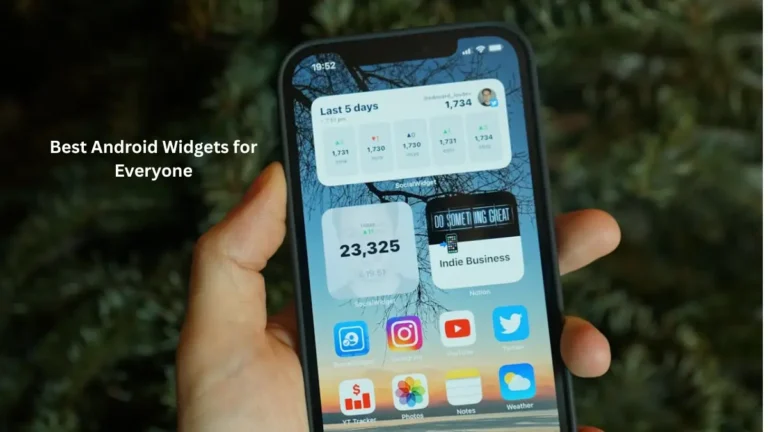Digital twins are virtual replicas of physical devices that data scientists and IT professionals can use to run simulations before real devices are created and deployed. They also change the way we optimize technologies such as IoT, AI and analytics.
Dual digital technology has moved beyond production into the fused worlds of the Internet of Things, artificial intelligence and data analytics.
When more complex “things” are combined with the ability to produce data, data scientists and other IT professionals can use a digital equivalent to optimize implementations for maximum efficiency and create other scenarios.
What is a Digital Twin?
A digital twin is a digital representation of an object or physical system. The technology behind digital twins has expanded to include large objects such as buildings, factories and even cities, and some have said that people and processes can have digital twins, which extends the concept even further. The idea first appeared at NASA: complete models of early space capsules that were used on the spot for mirroring and diagnosing problems in orbit eventually gave rise to completely digital simulations.
But the term really took off after Gartner identified digital twins as one of the top ten strategic technology trends for 2017, saying that within three to five years, “billions of things are represented by digital twins, a software model A year later, Gartner again named digital twins as a top trend, saying: “With about 21 billion sensors and endpoints connected by 2020, digital twins will exist for billions of things in the near future. “
In essence, a digital twin is a computer program that uses real data about an object or physical system as inputs and generates, as outputs, predictions or simulations of how that object or physical system will be affected by these inputs.
How does a Digital Twin work?
A digital twin is built by specialists, often experts in data science or applied mathematics. These developers research the physics behind the mimicked object or physical system and use this data to develop a mathematical model that simulates the real-world original in digital space.
The twin is designed to receive inputs from sensors that collect data from a real counterpart. This allows the twin to simulate the physical object in real time, providing insight into its performance and potential problems. The twins could also be designed based on a prototype of its physical counterpart. In this case, the twins can provide feedback as the product is refined. A twin could even act as a prototype itself before creating a physical version.
The process is detailed in this post by Eniram, a company that produces digital twins for massive container ships carrying much of the world’s trade – an extremely complex type of digital twin applications. However, a digital twin can be as complicated or simple as you want it to be, and the amount of data you use to create and update this will determine how carefully you simulate a physical object.
The Advantages of Digital Twins
Digital twins provide a real-time overview of what happens to physical assets, which can dramatically reduce maintenance costs. Chevron introduces dual digital technology for its oil fields and refineries and believes that maintenance costs can be saved in the millions. And Siemens says as part of its pitch that using digital twins to model and prototype objects that haven’t been made yet can reduce product defects and shorten time to market.
Keep in mind, though, that Gartner warns that digital twins aren’t always in demand and can add unnecessary complexity. “[Digital twins] could be an excessive technology for a certain business problem. There are also concerns about costs, security, privacy and integration. “
Also read about: What is Robotics? What is the purpose of robotics?




